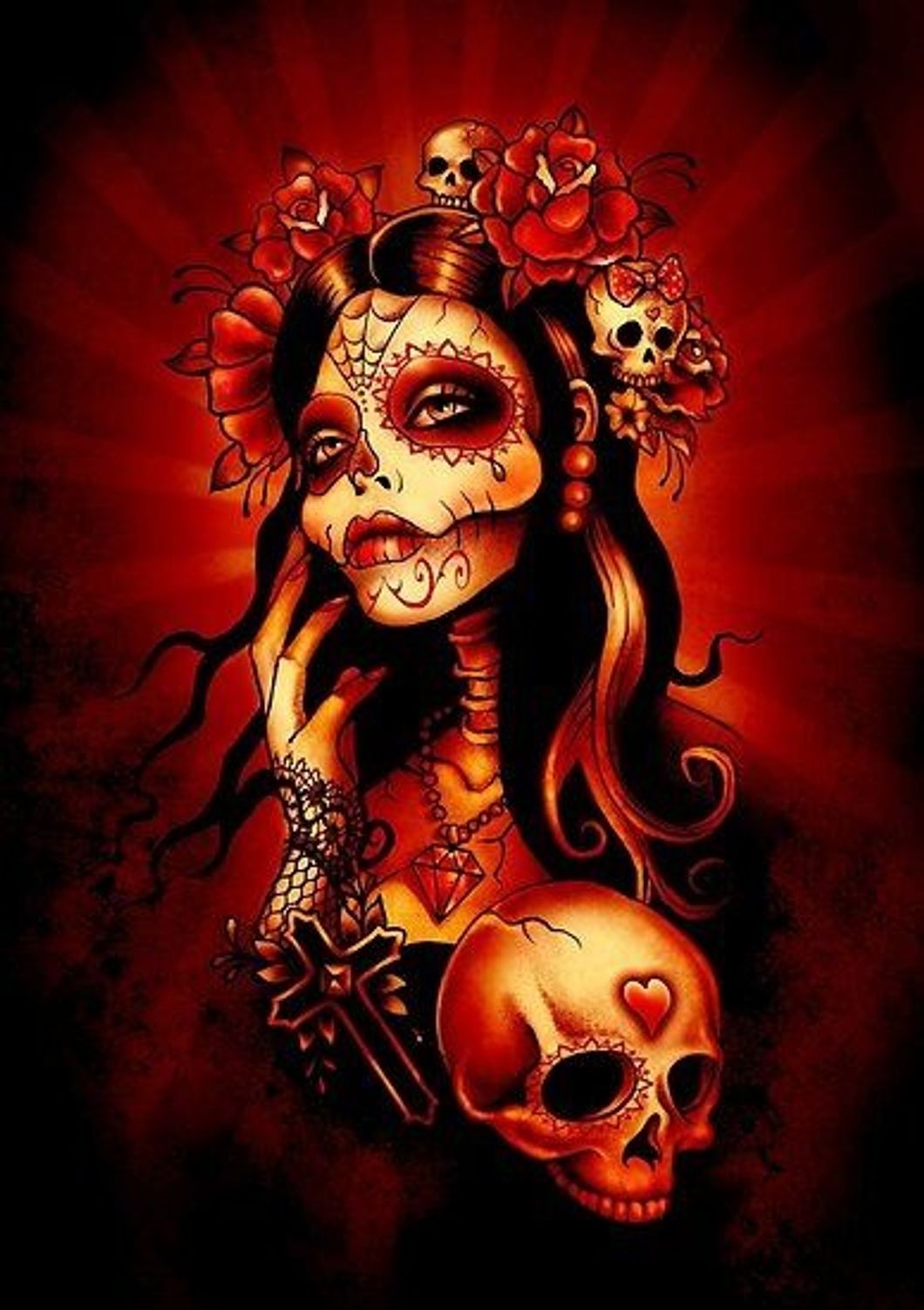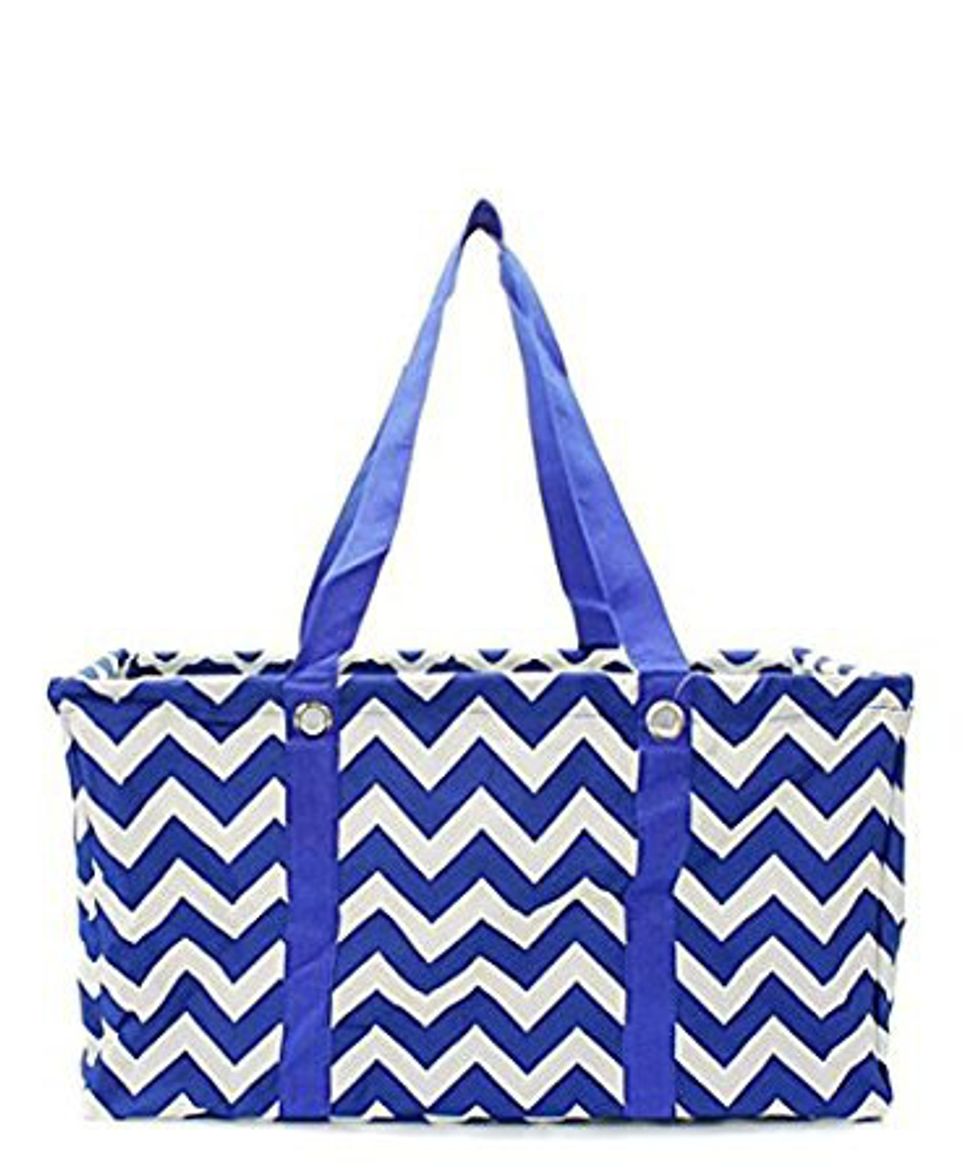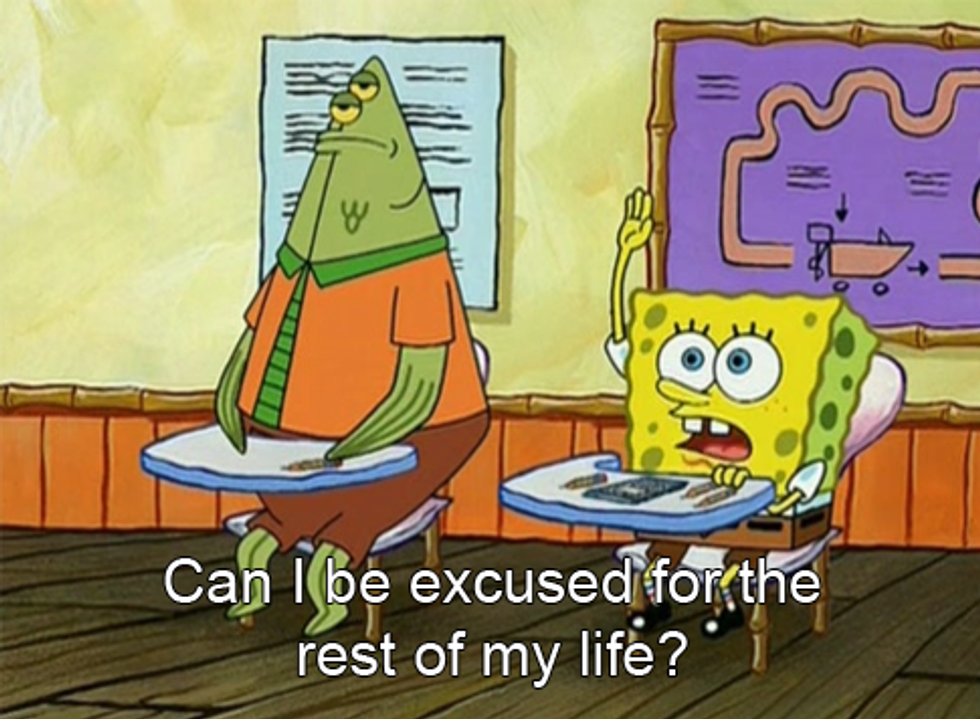The day of the dead, known as El dia de los muertos is a Mexican tradition created to honor, and celebrate the lives of the ones who parted. Represented by marigold flowers which represents the pathway that guides the spirits to their altars and offerings (ofrendas). Sugar skulls, bread of the dead (pan de muerto) and payers . On this day, families comes together to put an altar, pray, visit, clean and decorate their graves. There are also many festivals around Mexico to celebrate the day of the dead.
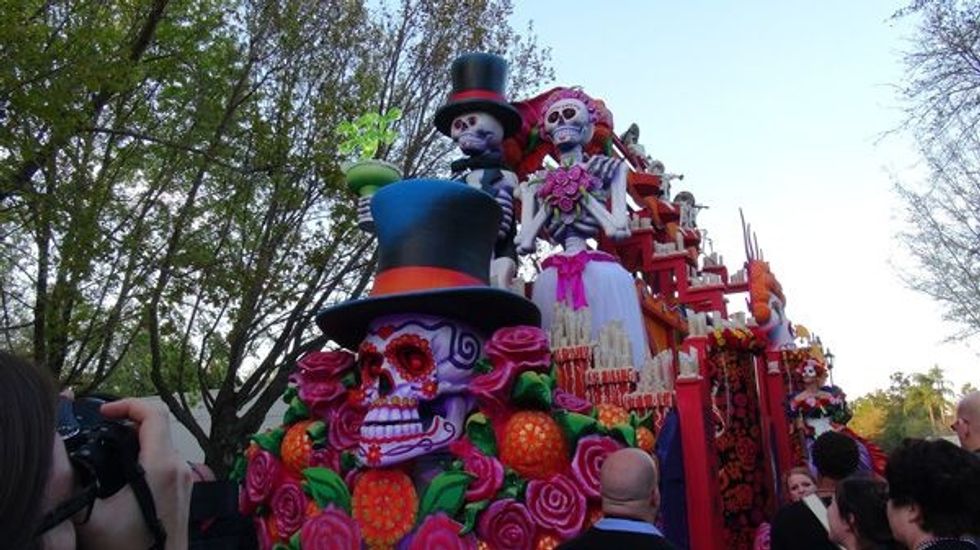
1- The origin
The day of the dead's origin is believed to come from the Aztecs and their traditions by honoring the dead. They did this by offering food and water to help them on their new journey in the land of the dead. This holiday has been alive for over 3,000 years. It was originally celebrated in Northern Mexico on the 20th century. It was made a National holiday by the Mexican government in the 1960. Although it is now celebrated on November 1st and 2nd, the Aztecs celebrated the day of the dead on August which lasted the whole month.
2- It is not the Mexican version of Halloween
Many people tend to believe that the day of the dead or el dia de los muertos is the Mexican version of Halloween. But in reality the day of the dead is a dedication to the deceased. The purpose for it, is to celebrate death and life. Many people believe that the day of the dead is meant to mourn the decease. In the contrary, this day is dedicated on celebrating and remembering their loved ones. This is done by putting altars, offerings and do some prayers.
3 - It is celebrated for two days
The day of the dead is celebrated on November 1st and November 2nd. The first day (Novemver 1st) is decicated to infants and children who passed away which is also known as the all saints day. The second day (November 2nd) is dedicated to adults, also know as the all soul's day or dia de los fieles difuntos in Spanish.
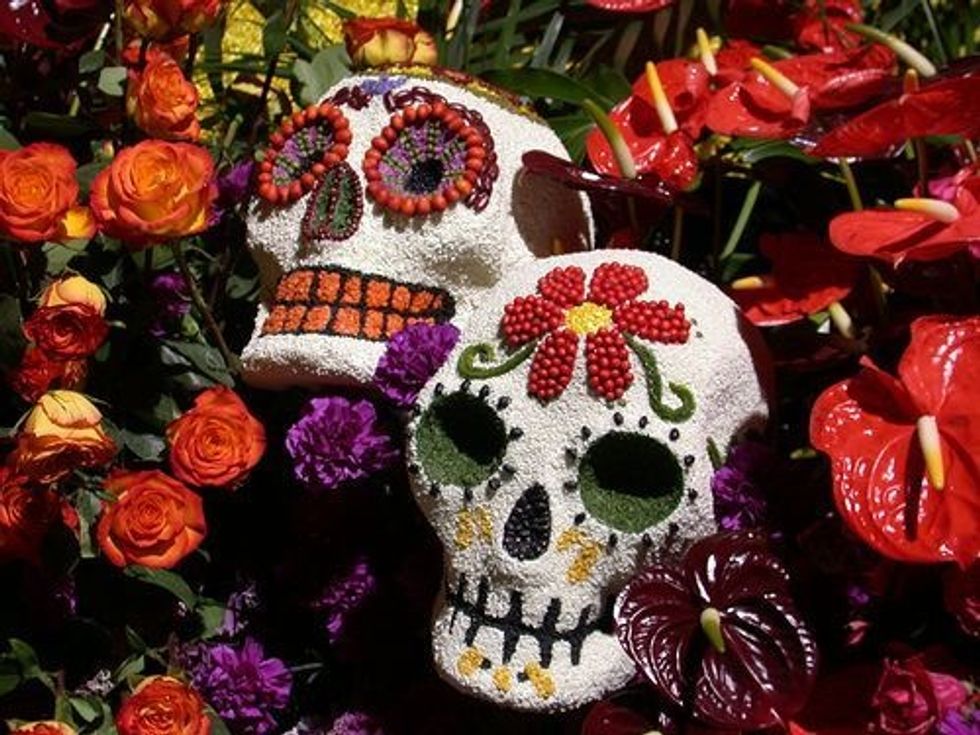
4- why have altars?
Individuals who celebrate this tradition, tend to put an altar in their homes. This altar is composed of the four elements, meaning air, water, earth and fire. Traditional paper banners are used to represent the air. A glass of water is left on the altar which represents the water element. But some people include their loved one's favorite drink and switch it for the water. Food is the representation of earth and candles represent the fire. Besides the four elements, the altars also includes pictures of the person who passed way, A religious symbol such as a small statute, or a cross. They also include something that was meaningful for the person, such as a jewelry piece, a toy, for the infants and children, a soccer ball, and other things. Something interesting that is included on the altar are marigold flowers in a shape of a cross and some incense. It's been said that the flowers and the incense is used as a pathway that will help guide their loved ones to their homes.
5- The skulls
When we think about the day of the dead, we think about skulls. These skulls can be seen as depressing and dark, but sugar skulls are the ones being used on the day of the dead. These skulls are usually edible (some people make them out of clay) and colorful. The reason why they are full of color is because it represents the life and memories of the ones who parted. It's a reminder for us of the impact these individuals had in our lives and a reminder that even if they are no longer with us, they will always live in our hearts and memories. There are many people who paint their faces as sugar skulls. Although it seems like a traditional thing to do, the colors being used have a meaning. Red represents our blood, orange represents the sun, yellow represents the marigold flowers, Purple is said to represent pain, richness and royalty, white and pink represents hope, purity and celebration and black represents the land of the dead. Many of these sugar skulls that are put on the altars have names on them, which is said to honor a specific person. The skulls come in different sizes, small ones represents infants and children and the bigger ones represents the adults.

